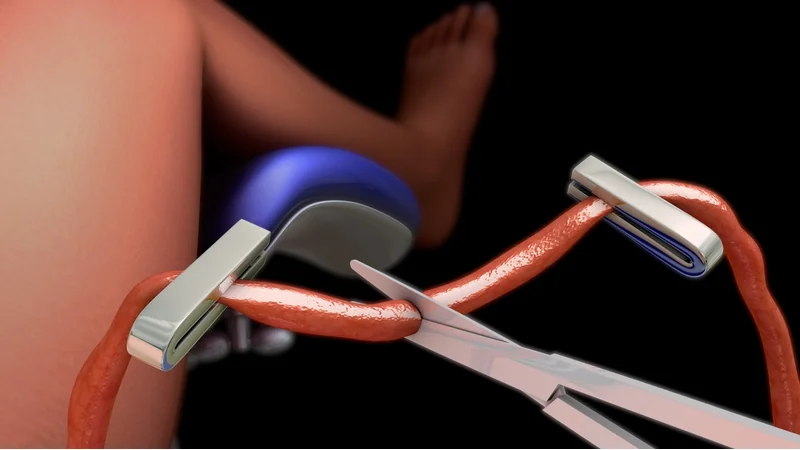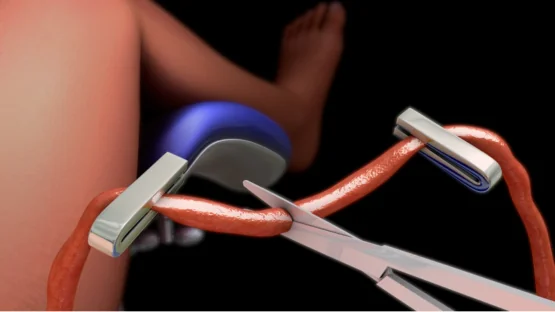A new case report published in the International Journal of Molecular Sciences highlights cardiovascular improvements in a patient with Hutchinson-Gilford progeria treated with umbilical cord blood.

Read More
A case study using umbilical cord blood
Cell therapy has shown potential in treating cardiovascular disease, which is also the most disruptive symptom of progeria. Umbilical cord blood (UCB), in particular, has shown promise in stroke patients and is easily accessible through biobanking [1].
It is difficult to test treatments for progeria in a large number of patients, since it is such a rare condition. Because of this, a case study on UCB was conducted with a single 12-year-, 7-month-old male at CHA University in Korea [2]. He received three doses of UCB four months apart and was followed up for two years.
Due to a lack of a placebo control, progeria studies often compare their results to the typical progression of the disease. Additionally, they can determine the rate of change of specific measurements before treatment, determine the rate of change of those measurements after treatment, and then compare the two rates. In this way, such studies can detect if a treatment slows the progression of progeria, even if a patient continues to decline.
In this study, the patient showed reduced height and weight, which is typical for progeria patients at his age. His growth rate increased from 0.5 cm/year before treatment to greater than 4 cm/year after treatment. This was also increased relative to the growth rates of progeria patients of a similar age. Body weight followed similar trends.
No improvements were found in the patient’s joint range of motion or bone mineral density, although the authors suggest that the patient’s increase in height could have offset benefits by these measures. A slight increase in IQ was also found, although cognitive decline is not typical of progeria.
UCB improves measures of cardiovascular aging
The patient was suffering from cardiovascular decline at a rate that was elevated even for progeria patients prior to the treatment, as measured by pulse wave velocity, intima-media thickness, blood triglyceride levels, and HDL cholesterol levels. Pulse wave velocity slightly improved after treatment, while intima-media thickness remained the same rather than continuing to worsen. Blood triglycerides decreased after treatment, and HDL cholesterol increased, both of which are positive effects in the context of cardiovascular disease.
Anti-inflammatory benefits were also seen with the UCB treatment, reducing mRNA and protein levels of the inflammation factors IL-1ß, TNF-a, MCP-1, CRP, and ICAM-1 after treatment. However, another cytokine, IL-8, was elevated after treatment.
We have administered allogenic CB cell infusions to a patient diagnosed with HGPS, and as far as we know, it is the first case to treat a patient with HGPS via allogenic CB cells. Altogether, the study findings suggest that CB cell therapy exerts therapeutic effects on HGPS pathogenesis by ameliorating inflammation and atherosclerosis, which seemed to progress abruptly immediately before CB cell therapy. Clinical parameters showed favorable outcomes, including stature and body weight gain, arterial elasticity, arterial intima-media thickening rate, and lipid profiles. Furthermore, this case study revealed the possibility of cell therapy to control atherosclerotic conditions, a cause of concern in this aging generation. Further studies, if possible, may provide stronger evidence of the effectiveness and feasibility of this optimistic treatment option for patients with HGPS.
Conclusion
Unfortunately, case studies are not an effective way to make sweeping conclusions about potential treatments. They are necessary for rare diseases such as progeria, but we can only speculate on what role the treatment might have played in the patient’s improvements as opposed to an unrelated factor such as a change in diet or a growth spurt. Nonetheless, the results are interesting and may inspire similar studies in other progeria patients or naturally aged individuals, which could shed more light on the generalizability of these findings.
Literature
[1] Laskowitz, D.T. et al. Allogeneic umbilical cord blood infusion for adults with ischemic stroke: Clinical outcomes from a phase I safety study. Stem Cells Transl. Med. (2018). https://doi.org/10.1002/sctm.18-0008
[2] Suh, M.R. et al. Efficacy of cord blood cell therapy for Hutchinson-Gilford Progeria Syndrome – A case report. International Journal of Molecular Sciences (2021). https://doi.org/10.3390/ijms222212316




